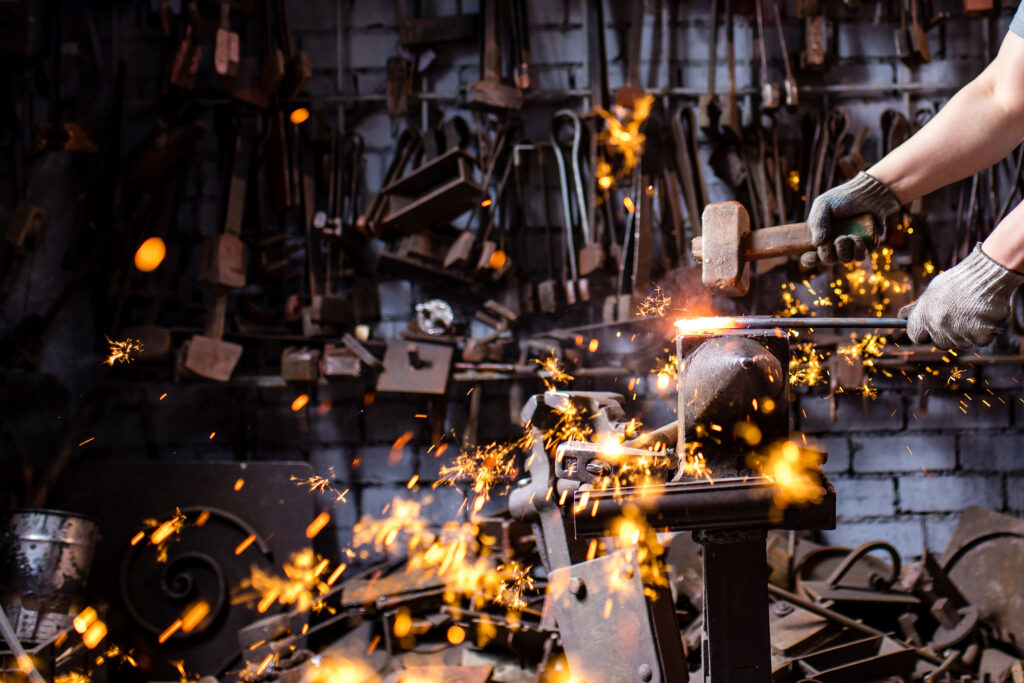Industrial Fibres
Our cellulose fibres have a variety of different properties, which give a range of advantages for a wide variety of industrial applications.

CIUR industrial fibre products perform one or more of four functions within an industrial product or process: acting as a filler or bulking agent; providing a matrix of fibre that holds a soft mixture together until it sets or is cured; acting as a water carrier to assist a process operation or improve product efficacy; working as a viscosity modifier for materials such as bitumen, epoxy resins and cement.
CIUR industrial fibre products are cellulose based, being manufactured from 100% recycled newspaper. This means they have very low embodied energy and excellent sustainability credentials. A further benefit of CIUR fibres is that they remain inert throughout their lifetime, so that once their primary function has been completed they can still remain harmlessly within a manufactured component or product without posing any threat to the product’s long-term performance or life expectancy.
Using advanced processing techniques, CIUR is able to re-engineer the cellulose fibre; changing its structure so that it possesses the required performance criteria for its end application. Fibres can be created that vary from an almost powder-like appearance, for use in for example: paints to longer fibres, with excellent weave characteristics, which are essential in road fibres or in sound insulation products. It is the ability to formulate the fibre in this way that enables CIUR to satisfy such diverse industrial needs.
To accentuate any particular aspect of the processed fibre performance characteristics, the manufacturing facility is then able to introduce natural, inorganic and non-toxic additives to the fibre mix, which are dispersed evenly throughout the fibre. Typical performance enhancements may include, for example, improved resistance to fire, greater fluidity and dispersal or the ability to absorb water more effectively.
Special grades of fibre can also be produced, by varying the feedstock raw material, to match very specific application criteria, such as a need for very high wet strength.
Exemplary Uses
- Concrete – used as a water carrier
- Cementitious / Fibre Cement Boards – used as a processing aid
- Ceramic Tile Adhesive – used to prevent adhesive from slumping
- Renders, Mastic and Textured Coatings – works to eliminate slump, and provides elasticity
- Automotive Products – used as a binder material
- Foundries – used for tundish linings during the moulding process
- Sprayed Fire Coatings – provides supporting structure for inorganic flame retardant materials
- Rubber Products – replacement for cork, giving enhanced hardness and bending resistance
- General Industrial – used for general applications, such as masking and sealing tapes

